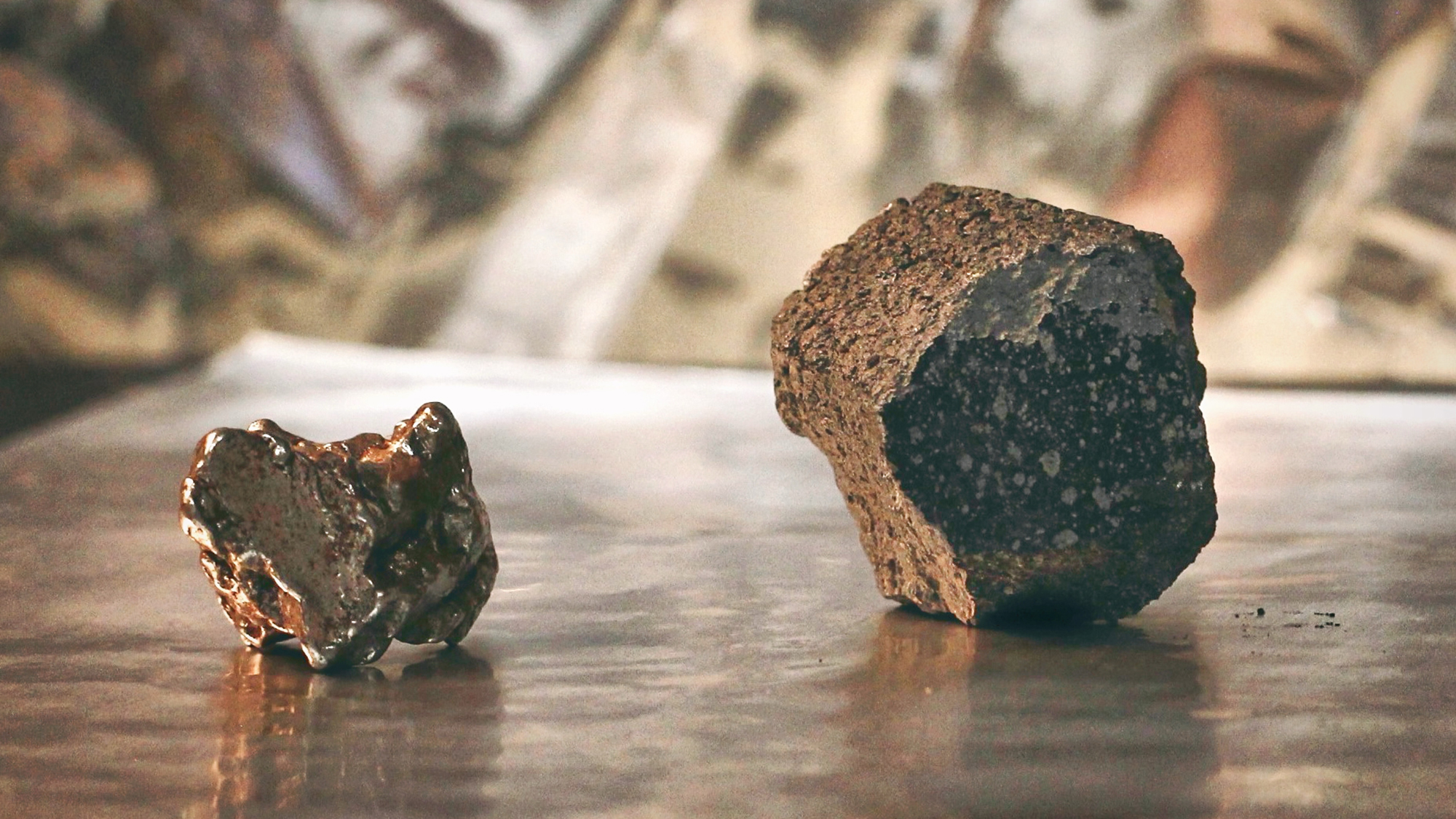One of the key components for the evolution of life as we know it is the presence of “volatiles”: elements and compounds that can be vaporized easily at relatively low temperatures. This means that understanding where these volatiles came from, and whether Earth is unusually rich in them, is critical to understanding what makes life possible—and a new study, published October 11 in Science Advances, suggests that most originate in a relatively small proportion of the material from which the planet formed.
Planets form from the gradual accretion of smaller pieces of material, referred to as planetesimals. There are two basic categories of planetesimal: differentiated and undifferentiated. Both start off as what Rayssa Martins, the study’s first author, describes as “big lumps of dust and other small rocky bits (often loosely) stuck together.” Undifferentiated planetesimals basically remain this way; differentiated planetesimals, by contrast, are characterized by having been subjected to enough heat to melt all their component parts together.
This melting is caused by the radioactive decay of aluminum-26 (Al-26), an unstable isotope of aluminum. As it decays, Al-26 generates so much heat that it essentially melts the material around it. “In this process,” explains Martins, “a lot of volatiles are degassed.” Once vaporized, the volatiles simply drift away into space: “[They are] lost due to the low gravity of these small bodies.”
Thankfully for us, all the Al-26 in our solar system decayed away very early on, leaving enough undifferentiated material to supply the Earth with the volatile compounds it needed to evolve life. And once Al-26 is gone, it’s gone. The isotope is formed in the heart of stars that have burned through all their hydrogen and are hurtling toward their explosive final moments.
This means that it’s found in star-forming regions, where new stars are coalescing from the scattered remnants of their dead predecessors—but not in relatively quiet, calm environments like our solar system today. Martins explains, “Al-26 is continually being produced in the galaxy in areas where new stars and planets are being formed, but it’s not necessarily continually injected into the same planetary systems over their lifetime. It would be very inconvenient for us if we were being repeatedly blasted by supernovae.”
Martins and her team’s research examined the source of the Earth’s zinc. They found that while some 70% of the Earth’s mass comes from the accretion of differentiated planetesimals, that differentiated material supplied only 10% of the planet’s zinc. This suggests that the 30% of the planet that didn’t form from differentiated planetesimals is the source of the vast majority of the volatile compounds on Earth: “Without this material, we would be left with a much more modest volatile inventory.”
The question of how lucky this was, and whether the Earth is unusually rich in volatiles compared to similar planets in other systems, remains an open one. “There are other factors that play a role in determining how much [differentiated and undifferentiated material] a planet would accrete other than time (i.e. mixing and migration of material between different heliocentric distances). There’s also still debate about whether Al-26 was evenly distributed through the Solar System, or if it was more concentrated in some parts and not others.”
Equally, Martins says, it’s certainly conceivable that in other solar systems, we might find Earth-like planets that could theoretically support life, but formed without the ingredients to do so. “The study emphasizes that there are many criteria that must be met to form habitable planets. When looking for life, we typically look for planets that are in the so-called goldilocks zone, because they’ll be more likely to have been able to sustain liquid water at the surface. But that assumes there was water and other volatiles to begin with, when in fact a planet may be pretty dry from the start. Our study doesn’t really tell us about the likelihood of such a scenario, but it is at least a possibility.”

